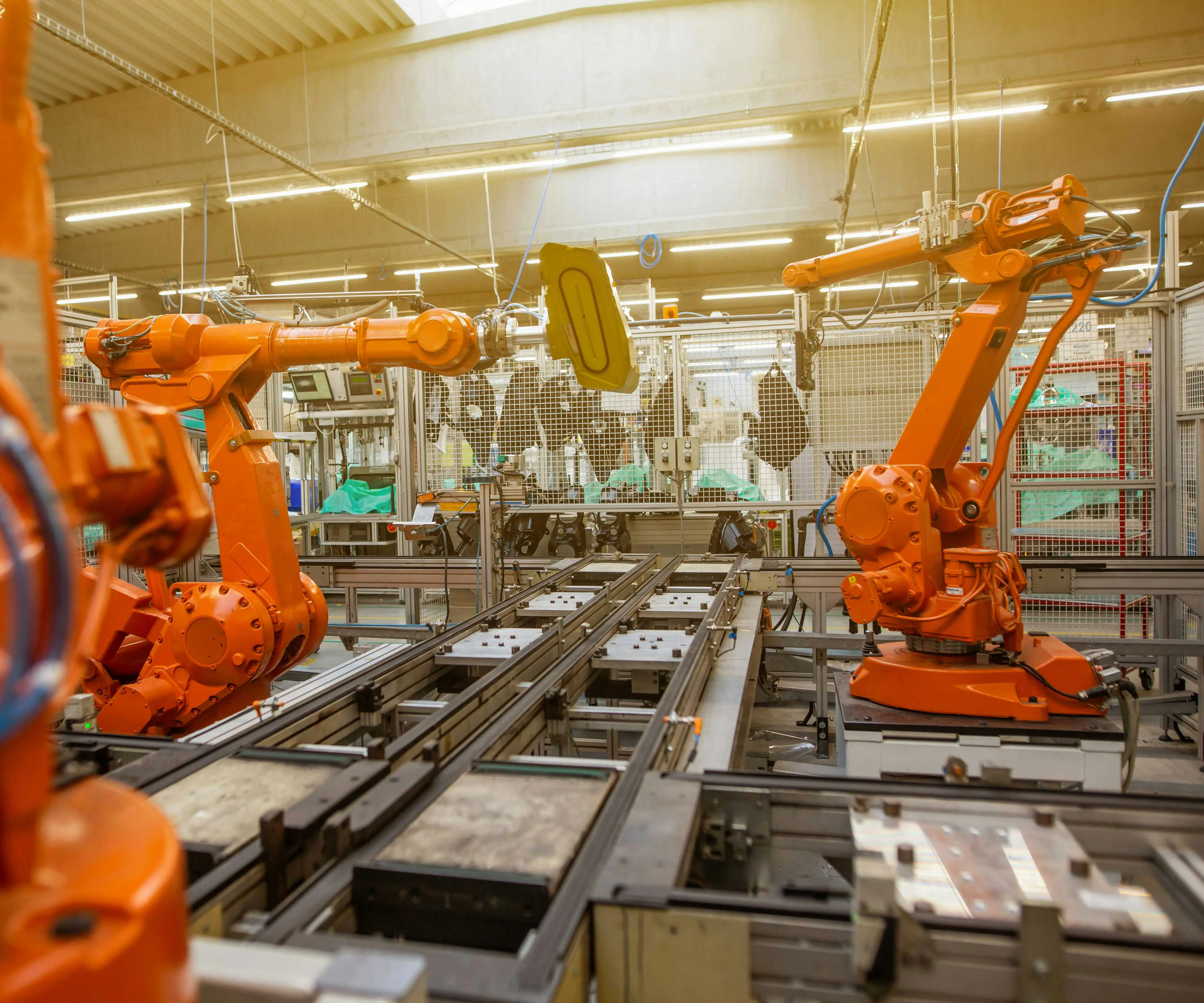Unlocking Your Creativity with Arduino and Servo Motors
Imagine building a robot that responds to your commands, a camera that pans perfectly to capture every moment, or a custom-made puppet whose limbs move with precision — all powered by the humble yet powerful duo of Arduino and servo motors. These tiny marvels embody the magic of modern electronics: simple components making complex, expressive, and interactive behavior achievable for all, from beginners to seasoned hobbyists.

In essence, a servo motor is a specialized motor designed for precise control of angular position. Unlike regular motors that spin freely, servo motors hold their shaft steady at a specific angle or rotate back and forth with control signals. This makes them perfect for applications where accuracy and repeatability are key — think robotic arms, camera gimbals, or remote-controlled vehicles.
Why Use a Servo Motor with Arduino?
Arduino boards, renowned for their versatility, are often paired with servo motors in countless DIY projects. The combination is like a conductor and an orchestra: Arduino sends precise commands, and the servo interprets these into smooth, controlled movements. With just a few components and some coding, you can turn raw electronic parts into intelligent, motion-driven devices.
Servo motors are easy to control through PWM (Pulse Width Modulation), a technique Arduino handles seamlessly. PWM involves sending signals of varying width to the motor, dictating how far or how fast it should turn. This simplicity makes servo motors ideal for beginners, yet robust enough for sophisticated applications.
Types of Servo Motors to Get Started
Starting with servo motors can seem overwhelming because of the various options available. However, the most common type used in hobby electronics is the standard hobby servo (sometimes called micro or mini servo). These are compact, affordable, and easy to connect. They typically operate within a range of 0 to 180 degrees, although some advanced servos can rotate continuously or beyond.
Another popular category is digital servos, which have onboard processors for faster response and higher precision. These can be beneficial in projects requiring rapid or highly accurate movements.
When choosing your servo motor, consider factors like torque (the force needed to turn or hold an object), speed, size, and compatibility with your project’s scale. For most beginner projects, a standard hobby servo — ubiquitously available and well-documented — is a perfect starting point.
Connecting Your Servo to Arduino: The Basics
Before diving into code, let's look at how to wire your servo motor to the Arduino. Generally, a servo has three wires:
Red: Power (+5V) Black or Brown: Ground (GND) Yellow, White, or Orange: Signal (PWM control)
Step-by-step connection:
Connect the red power wire to the Arduino 5V pin. Connect the black or brown ground wire to the GND pin on Arduino. Connect the signal wire to one of Arduino's digital pins capable of PWM—often pin 9 or 10.
It's important to note that powering multiple servos or a particularly high-torque servo from the Arduino’s 5V pin can cause voltage drops. When working with multiple motors, consider using an external power supply to prevent resets and ensure stable operation.
Basic Code to Make Your Servo Move
Once wired, controlling the servo is straightforward with the Servo library included with Arduino IDE. Here's a simple sketch to animate your servo:
#include Servo myServo; // create servo object void setup() { myServo.attach(9); // pin where the signal wire is connected } void loop() { for (int pos = 0; pos <= 180; pos += 1) { // sweep from 0 to 180 degrees myServo.write(pos); // tell servo to go to position in 'pos' delay(15); // waits 15ms for the servo to reach the position } for (int pos = 180; pos >= 0; pos -= 1) { // sweep back from 180 to 0 myServo.write(pos); delay(15); } }
Just upload this code to your Arduino, and watch as your servo smoothly swings back and forth.
Real-World Applications and Inspiration
This simple control opens a world of projects. Imagine creating a mini robotic arm that can pick and place objects, a pan-tilt camera system for surveillance, or an animated sculpture where parts move in harmony with music. It’s not just about learning the basics; it’s about unleashing your creativity.
Precautions and Best Practices
Avoid Overloading: Check your servo's torque specifications. Applying excessive force might damage it. Power Supply: Use external power if powering multiple servos to prevent voltage dips. Avoid Jamming: Ensure the servo's shaft and attached parts can move freely without obstruction. Code Safeguards: Don’t command a servo to rotate beyond its limits in your code; this can cause mechanical strain.
Part 2 will continue by exploring advanced control techniques, integrating sensors for feedback, customizing projects for specific tasks, and providing tips for troubleshooting common issues. Keep an eye out for deeper dive into your servo-powered innovations!
Leveraging innovations in modular drive technology, Kpower integrates high-performance motors, precision reducers, and multi-protocol control systems to provide efficient and customized smart drive system solutions.




































